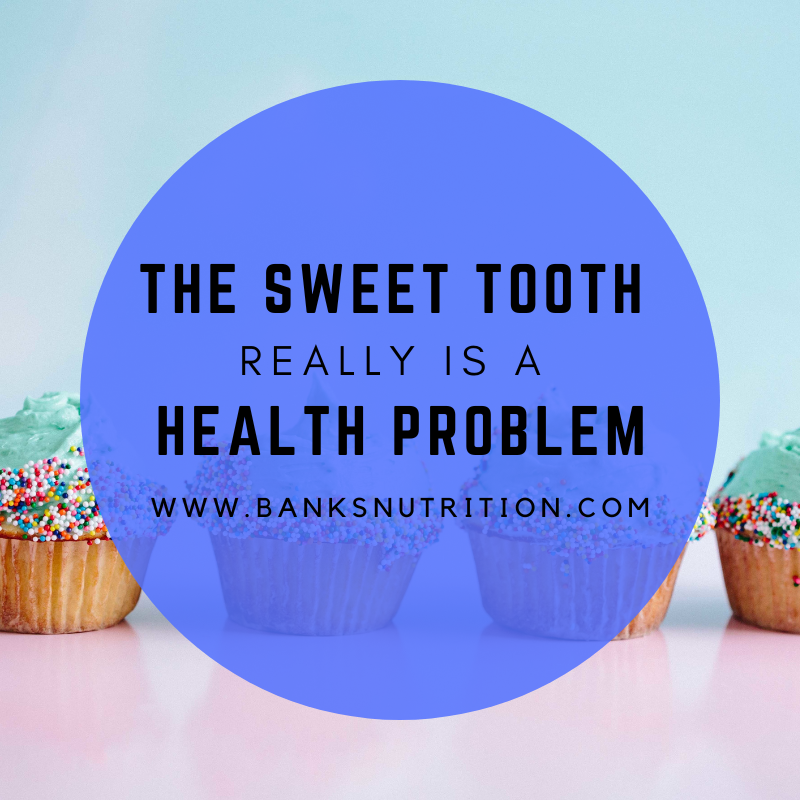BLOG
My analogy here will likely only make sense to those 55 and older, the very population that faces an osteoporosis diagnosis. Many will be left with a choice of considering drug therapy or non-drug therapy. Many of the drugs available to treat bone density loss can be effective, but they carry some risk of adverse […]
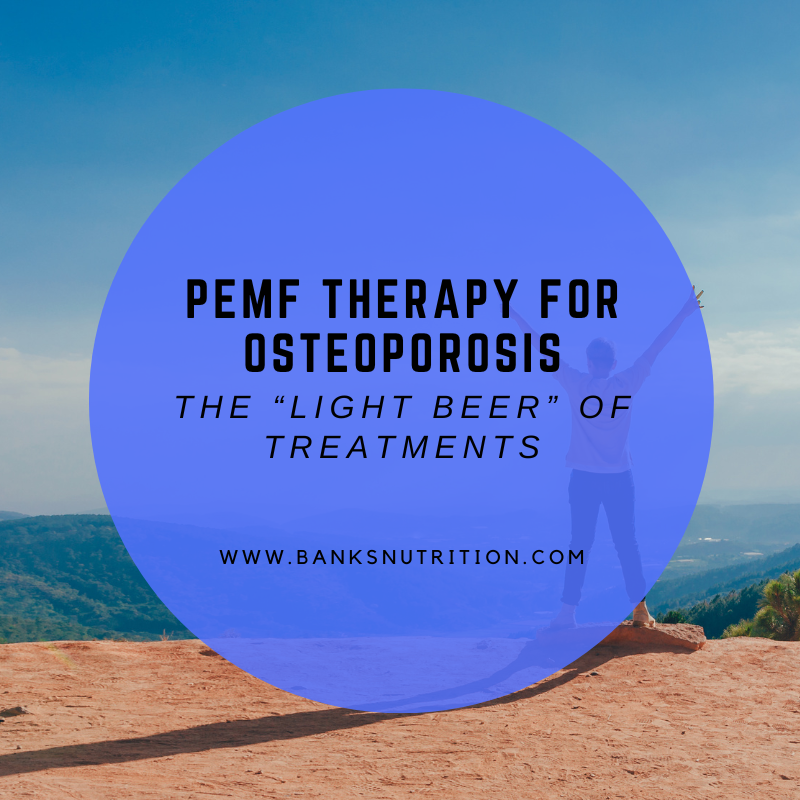
April 17, 2024
We are very excited to now have a full spine set up to treat osteoporosis. The first question may be what is PEMF Therapy? PEMF is the acronym for pulsed electromagnetic frequency. Bone is stimulated to remodel and repair by the mechanical stimulation from weight bearing activity. This stimulation is generated by electromagnetic impulses generated […]
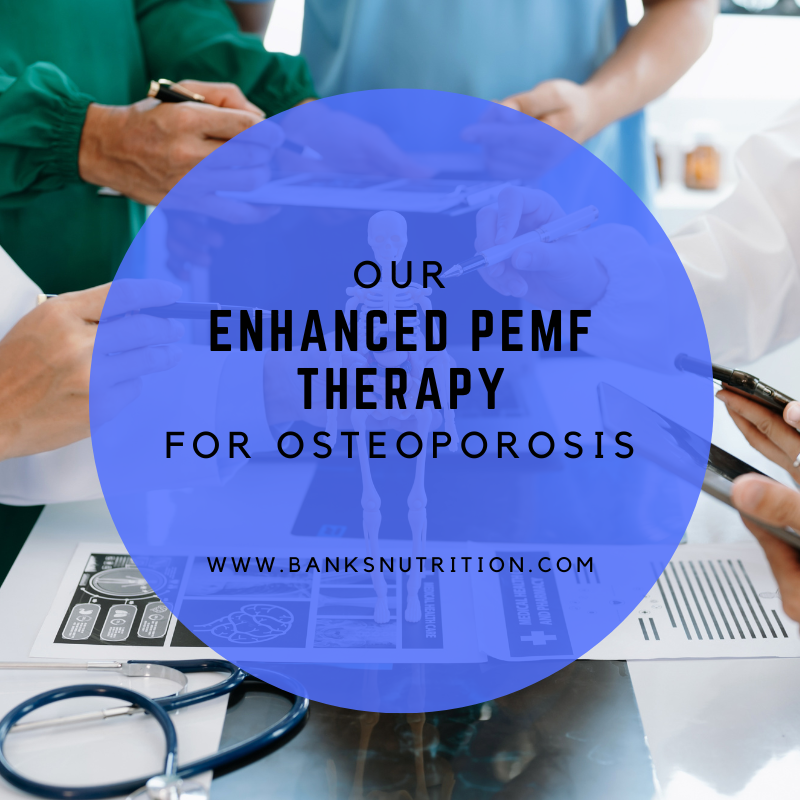
March 21, 2024
Many persons with osteoporosis or osteopenia are apprehensive about drug therapy for it given either the known adverse effects or, for some, a previously experienced adverse effect. Not treating the disease, however, is not a wise option given the tendency for potentially debilitating fracture to occur. So, the question is, what other effective treatment options […]
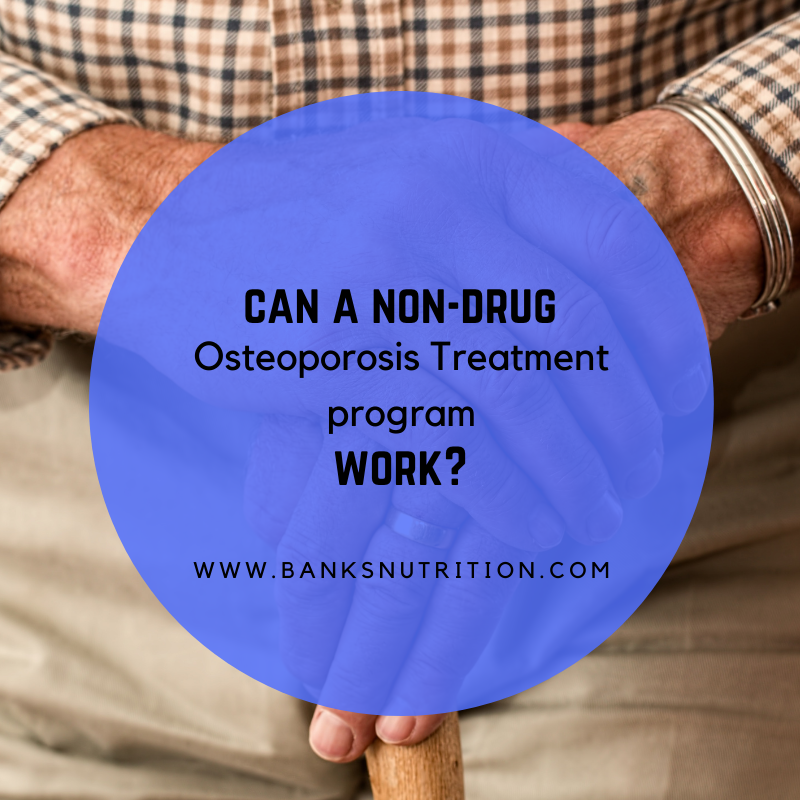
February 22, 2024
We are very excited to have added a state-of-the-art piece of equipment to be the core of our non-drug therapy program for osteoporosis. Bone is constantly remodeling, removing damaged bone and replacing it with new, healthy bone. With age, and particularly as estrogen declines, osteoclasts which remove bone become more active while osteoblasts which fill […]
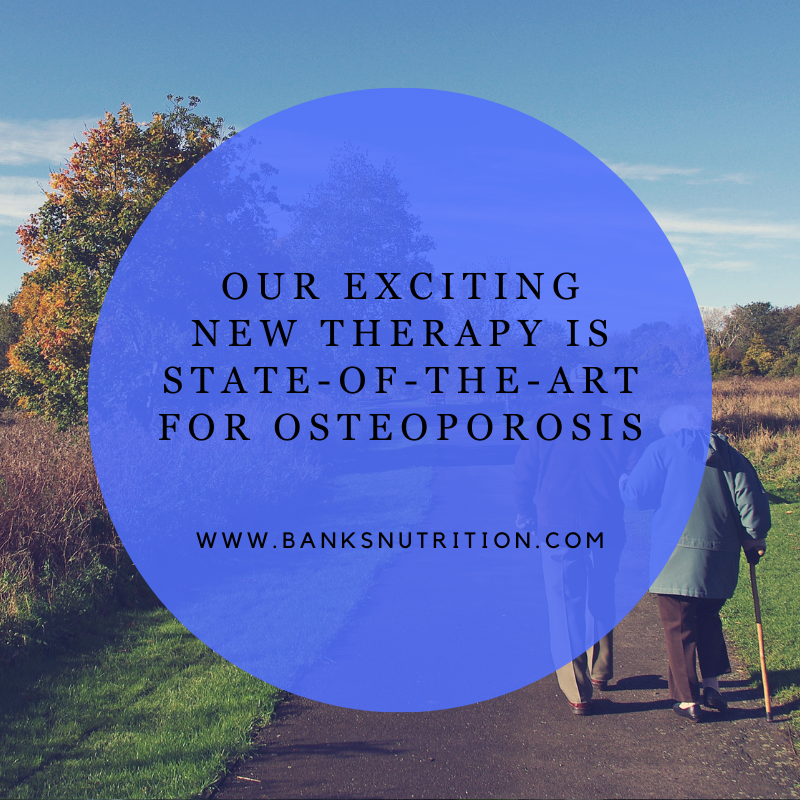
January 23, 2024
Designing an Effective Non-Drug Treatment Program Summary As we have discussed in this series, osteoporosis and osteopenia are common with age. Simply supplying the building components of bone, minerals and vitamins D & K2 are the standard concept of non-drug treatment, yet the research demonstrating benefit once disease is present is rarely helpful. The maintenance […]
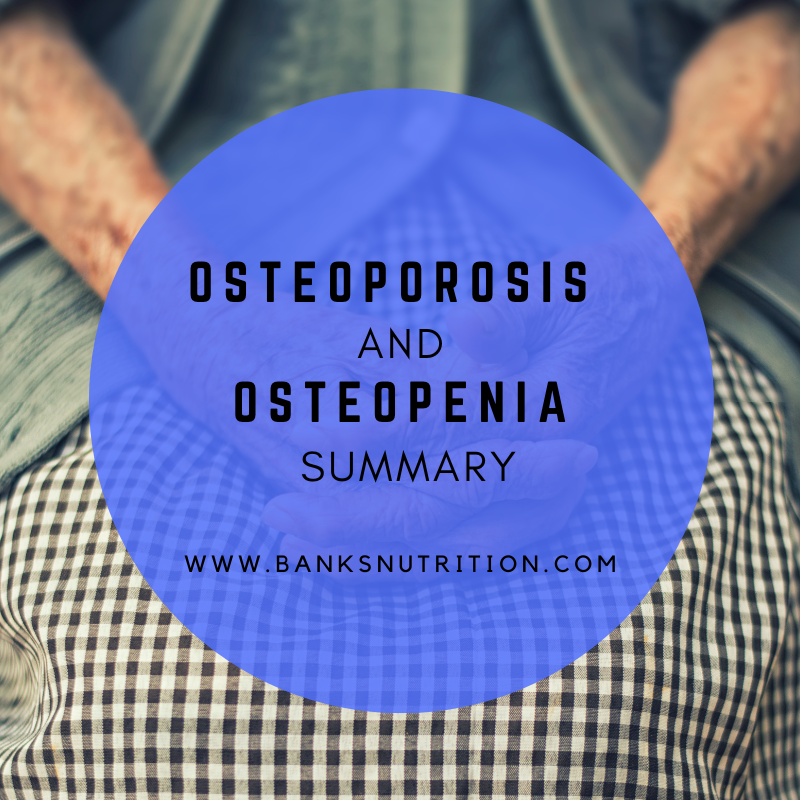
August 2, 2023
Designing an Effective Non-Drug Treatment Program Part 3 – The Piece We Omitted! In writing this summary putting all of the pieces of osteoporosis treatment together, I realized that a piece of the process was left out in the last blog. That piece is insuring/restoring bone matrix. Bone matrix is the fibrous mesh that supports […]
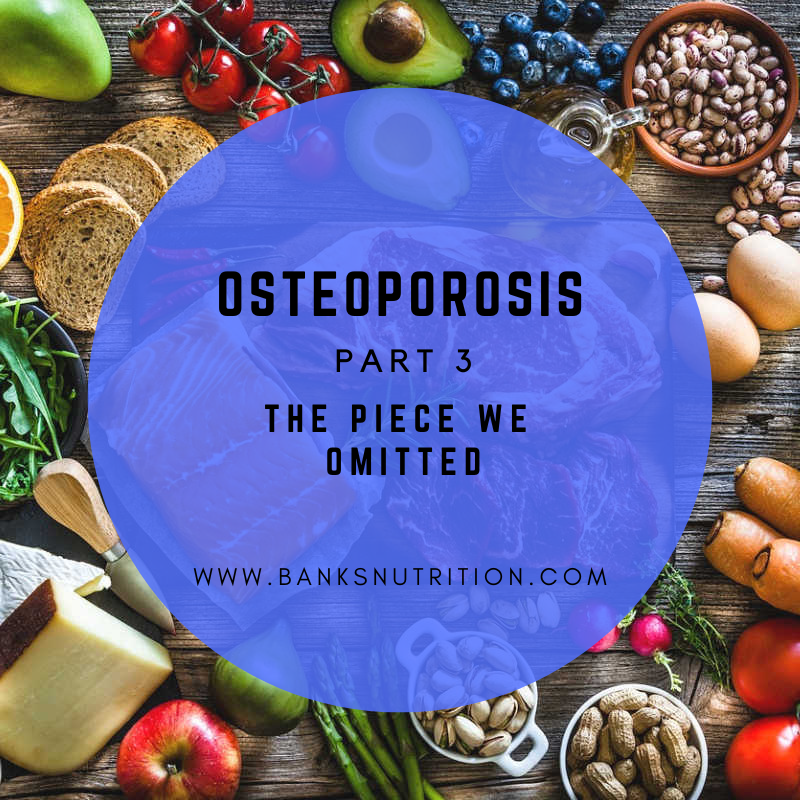
July 13, 2023
Designing an Effective Non-Drug Treatment Program Part 3 – Activating Osteoblasts for Bone Building As we discussed in the first blog in this series, bone mass is maintained by balanced activity in osteoclasts which remove bone and osteoblasts that build it. Aging is associated with a progressive increase in osteoclast bone removal and diminished osteoblast […]
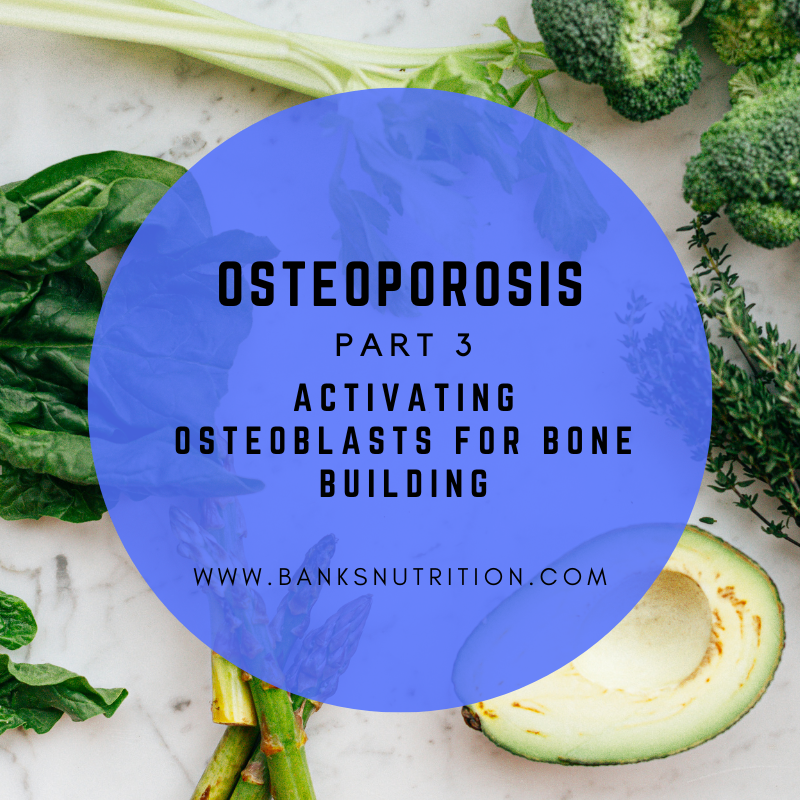
July 6, 2023
Designing an Effective Non-Drug Treatment Program Part 2 – Inflammation and Bone Loss The first post in this series discussed the concept that osteoporosis is a problem of imbalanced cell activity between bone removing cells, osteoclasts, and bone building cells, osteoblasts. Both cells are important for normal bone health and strength giving bone the constant […]
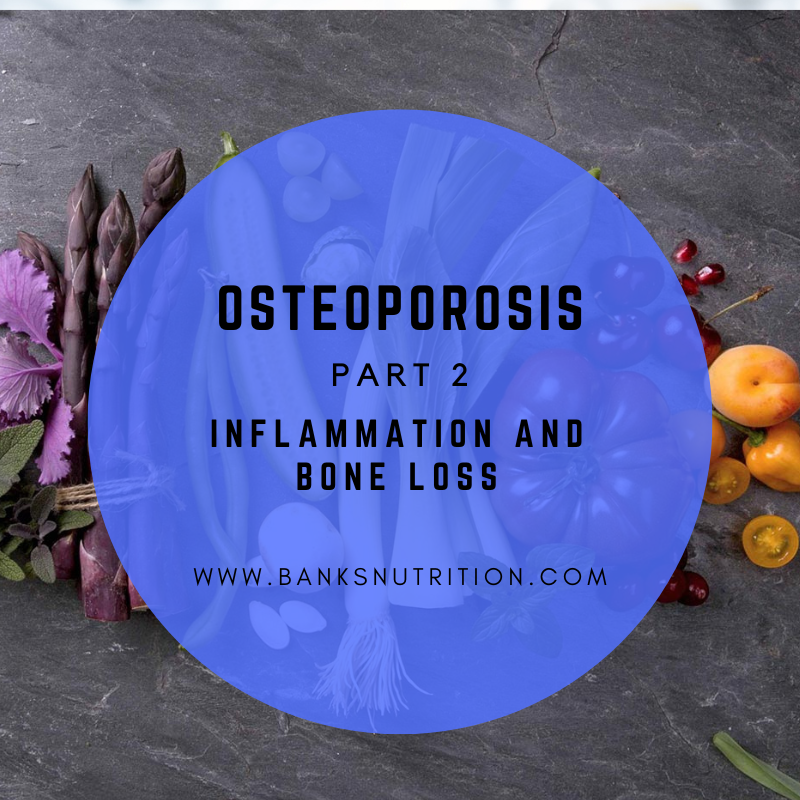
June 22, 2023
Designing an Effective non-drug Treatment Program The U.S. population as well as that of the developed world broadly is aging. The U.S. population grew 28% from 1985 to 2000. This growth was not evenly distributed between all age groups. The 15-44 age group experienced no growth over that interval. For every child aging up into […]
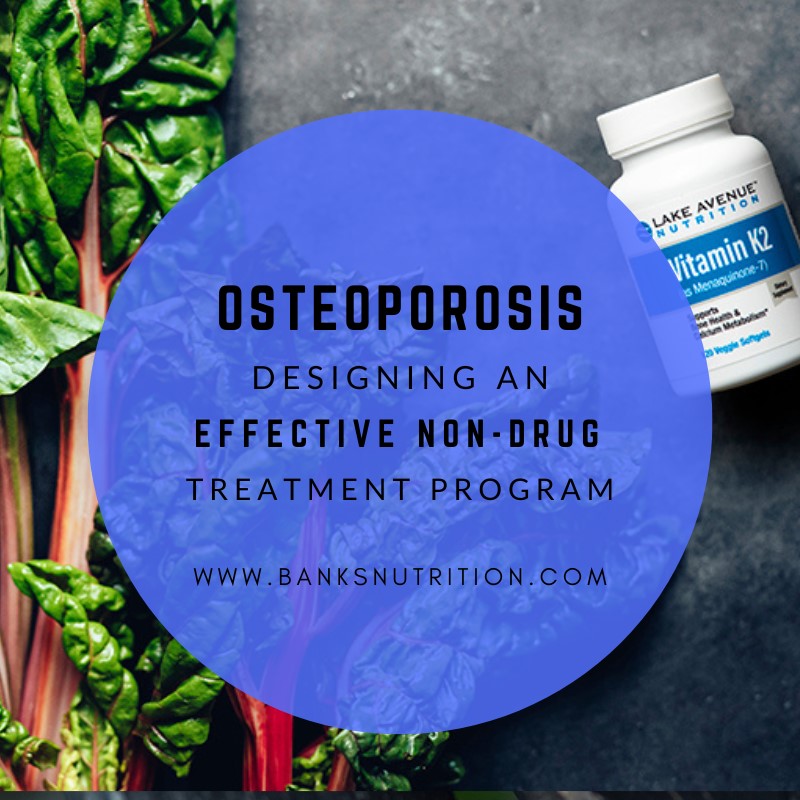
June 13, 2023
Sugar has been increasingly associated with significant health problems. This is of great concern as the sugar in the diet currently is approximately 8 times higher than that consumed throughout human history. This discussion has centered around it being a major cause of obesity and diabetes, which it is. When sugar consumption exceeds immediate needs, […]
